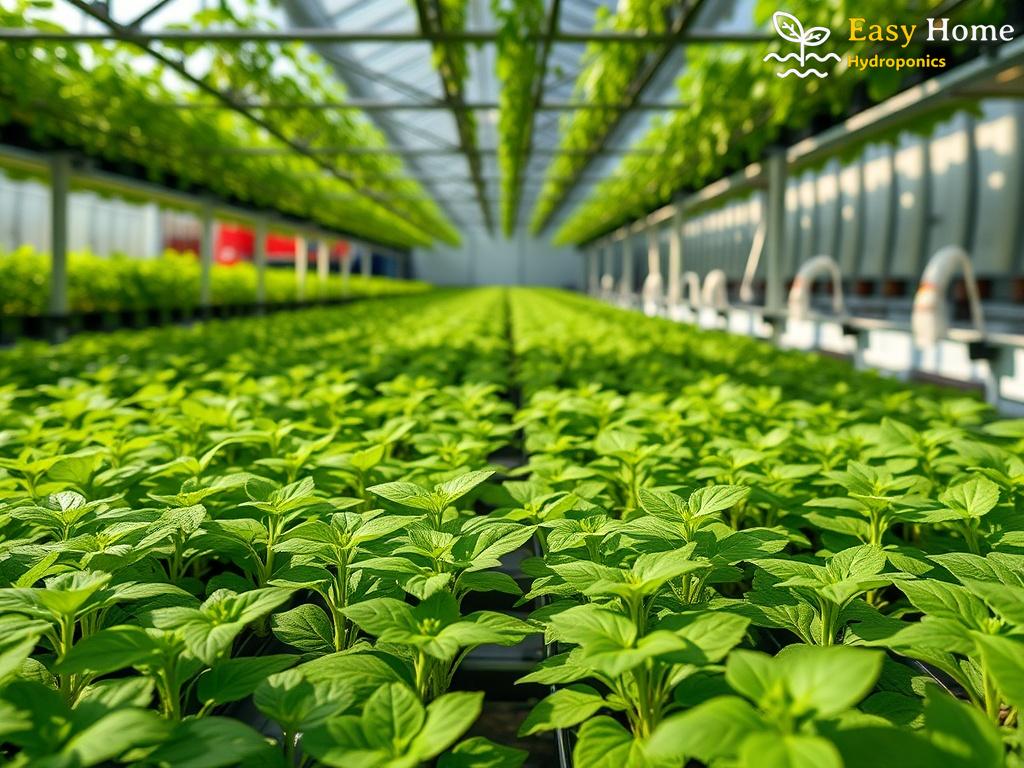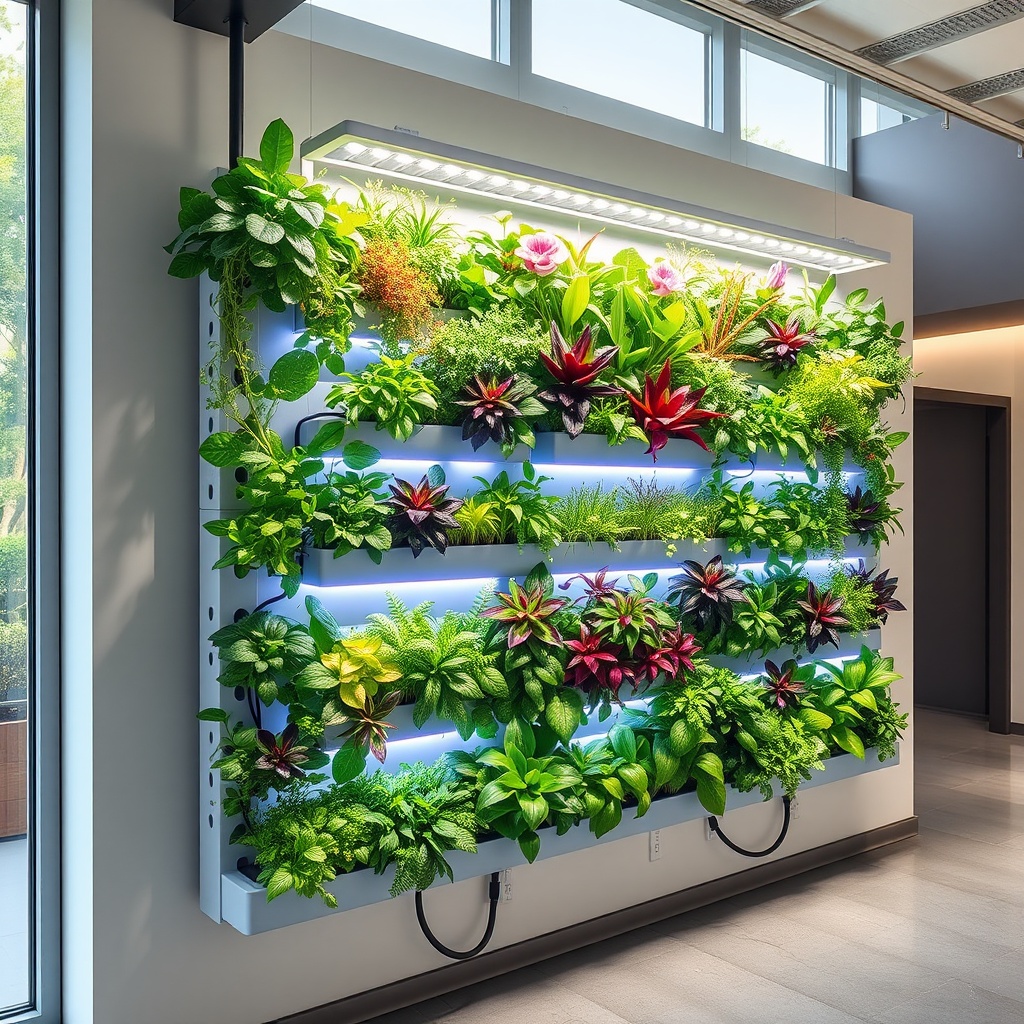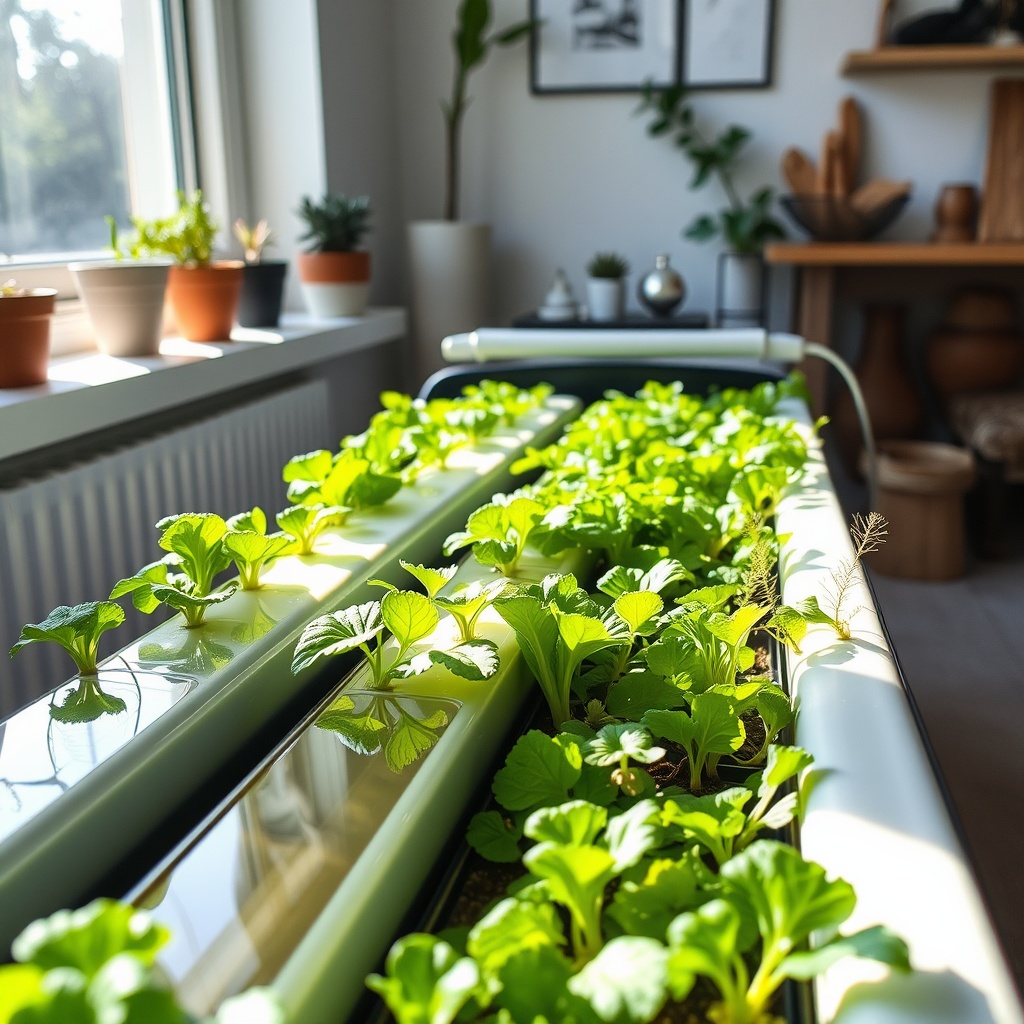The Science Behind Hydroponic Stevia Cultivation
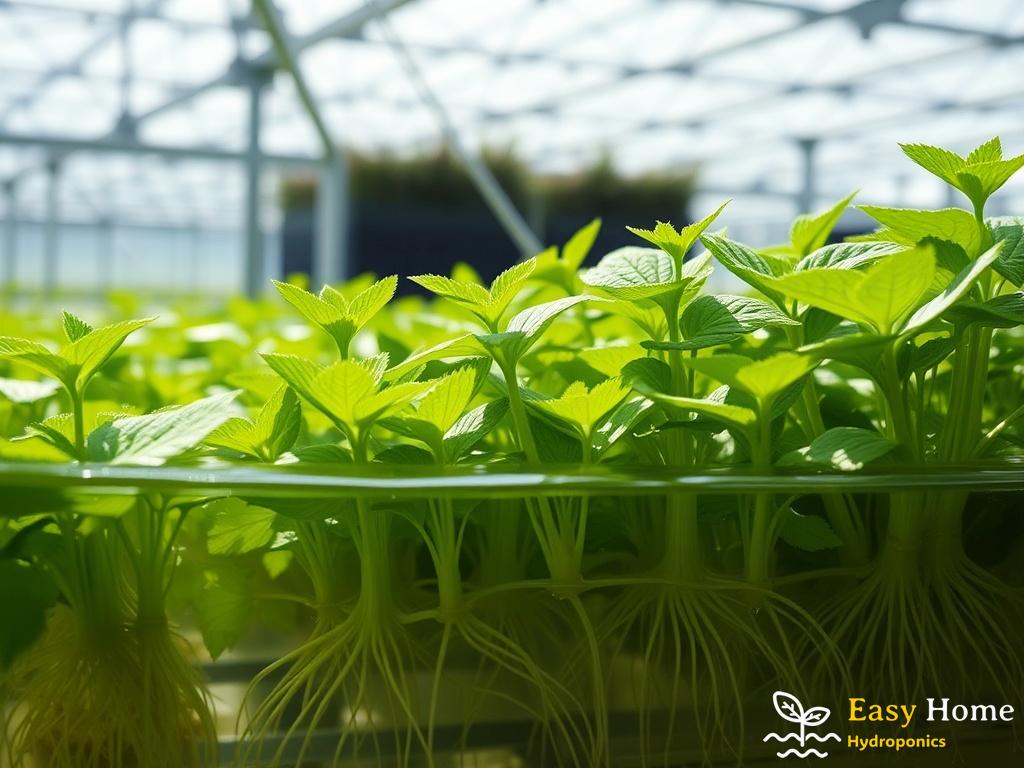
Unveiling the Hydroponic Method
Hydroponics is a revolutionary method of cultivation that allows plants to grow without soil, leveraging nutrient-rich water solutions instead. This technique is particularly advantageous for growing stevia, a natural sweetener derived from the leaves of the Stevia rebaudiana plant. By understanding the science behind hydroponic systems, we can unlock the potential of stevia cultivation, enhancing both yield and quality.
Key Components of Hydroponic Stevia Cultivation
To cultivate stevia hydroponically, several key components must work in harmony. These elements include light, temperature, pH levels, and nutrient solutions. Each factor plays a critical role in ensuring optimal growth and sweetness levels in the stevia leaves.
| Component | Optimal Range | Impact on Growth |
|---|---|---|
| Light | 12-16 hours daily | Enhances photosynthesis |
| Temperature | 20-30°C (68-86°F) | Affects metabolic processes |
| pH Level | 5.5-7.0 | Influences nutrient uptake |
| Nutrient Solution | Balanced NPK ratio | Promotes healthy foliage |
The Future of Hydroponic Stevia: Sustainability and Innovation
As the demand for natural sweeteners continues to rise, hydroponic stevia production presents a sustainable alternative to traditional farming methods. This innovative approach not only optimizes land use but also minimizes water consumption and pesticide application. By embracing hydroponics, growers can contribute to a more eco-friendly agricultural landscape while meeting consumer needs for healthier sweetening options.
Essential Nutrients for Optimal Stevia Growth
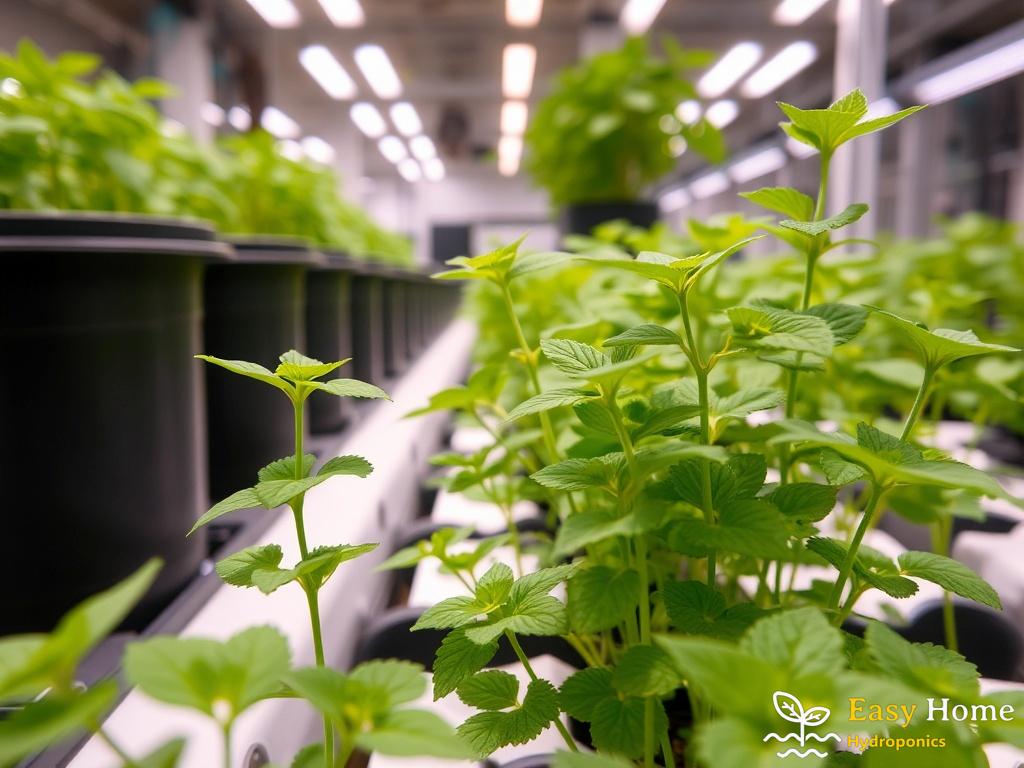
To achieve the finest quality stevia, understanding the essential nutrients that promote vigorous growth is paramount. Hydroponic systems allow for precise control over nutrient delivery, which can significantly enhance the taste and sweetness of the stevia leaves. Let’s explore the critical nutrients that play a vital role in hydroponic stevia cultivation, ensuring that every leaf harvested is packed with the natural sweetness consumers crave.
Key Nutrients That Fuel Stevia’s Sweetness
In hydroponic stevia production, several nutrients are fundamental to supporting robust plant health and optimizing sweetness levels. Each nutrient contributes uniquely to the overall growth process, ensuring that the plants thrive and produce high-quality leaves.
- Nitrogen (N): Essential for leaf development, nitrogen promotes lush green foliage that is crucial for photosynthesis.
- Phosphorus (P): This nutrient supports root development and energy transfer, enhancing the plant’s ability to produce sugars.
- Potassium (K): Vital for overall plant health, potassium aids in water regulation and helps in the synthesis of sweet compounds.
- Calcium (Ca): Important for cell wall structure, calcium ensures that plants maintain their integrity while transporting nutrients efficiently.
- Magnesium (Mg): A central component of chlorophyll, magnesium enhances photosynthetic efficiency, leading to increased sugar production.
Balancing Nutrient Ratios for Maximum Yield
When cultivating stevia hydroponically, achieving the right balance of nutrients is essential. An imbalance can lead to deficiencies or toxicities, both of which can adversely affect plant growth and sweetness levels. Regular monitoring of nutrient concentrations and adjusting them based on plant growth stages can help ensure optimal conditions for stevia production.
Utilizing a balanced nutrient solution with an appropriate NPK ratio (Nitrogen, Phosphorus, Potassium) tailored to stevia’s specific needs can result in higher yields and improved leaf quality. Hydroponic growers are encouraged to conduct regular nutrient solution analysis to maintain the ideal environment for their plants.
Fine-Tuning pH Levels for Nutrient Bioavailability
The pH level of the nutrient solution is another critical factor influencing the uptake of essential nutrients. For hydroponic stevia, maintaining a pH range of 5.5 to 7.0 is optimal. At this range, key nutrients are bioavailable and can be easily absorbed by the roots.
Growers should regularly test the pH and make adjustments as needed using pH up or down solutions. This practice not only supports healthy stevia growth but also maximizes the plant’s ability to produce the desired sweetness.
Innovative Techniques for Hydroponic Systems
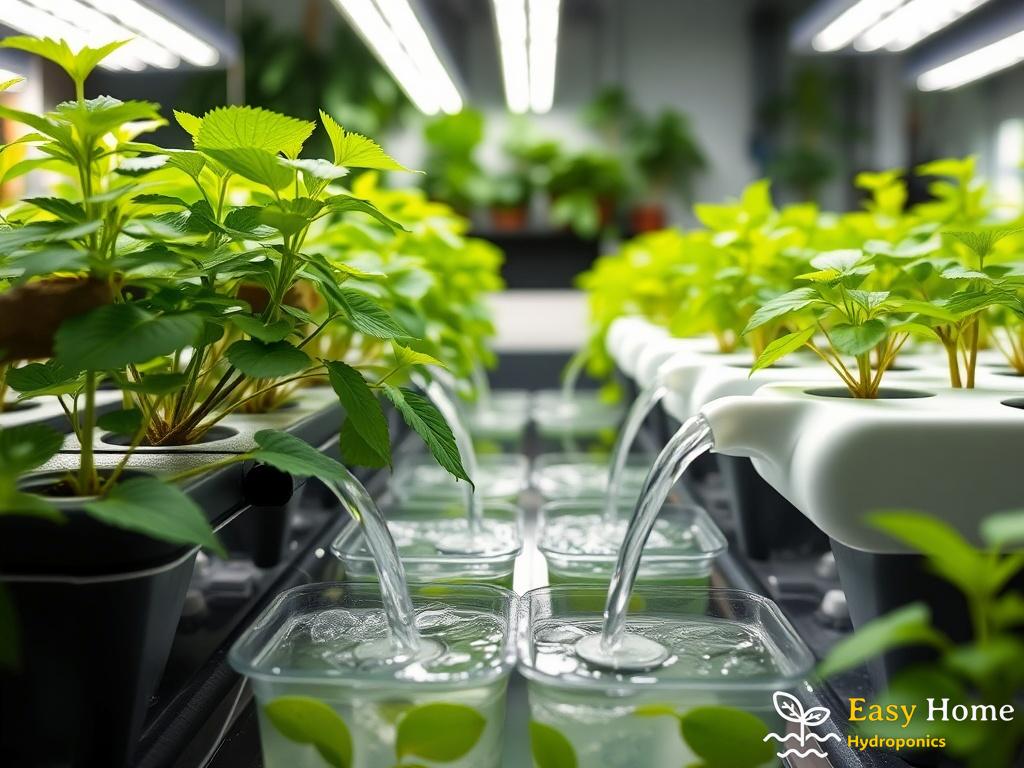
Revolutionizing Nutrient Delivery with Aeroponics
In the quest for superior stevia cultivation, innovative techniques such as aeroponics are making waves. This method involves suspending the plants in air and misting their roots with a nutrient-rich solution. By creating a highly oxygenated environment, aeroponics not only accelerates growth but also enhances the sweetness profile of stevia leaves. The reduction in water usage associated with aeroponic systems can lead to a more sustainable approach to sweetener production, addressing the growing concerns of resource conservation.
Utilizing Smart Technology for Precision Farming
The integration of smart technology into hydroponic systems is transforming how growers manage their crops. By employing sensors and IoT devices, farmers can monitor environmental conditions such as temperature, humidity, and nutrient levels in real time. This data-driven approach allows for swift adjustments, ensuring that stevia plants receive the ideal conditions for growth. For instance, automated nutrient dosing systems can precisely deliver the necessary elements based on the plants’ current needs, resulting in higher yields and enhanced leaf quality.
Exploring Vertical Farming for Space Optimization
With urbanization on the rise, vertical farming is emerging as a game-changer for stevia production. By stacking hydroponic systems vertically, growers can maximize space and increase production capacity without requiring additional land. This technique not only addresses the issue of limited arable land but also allows for better control of environmental factors, leading to more consistent growth outcomes. The combination of vertical farming with hydroponics can significantly boost the supply of natural sweeteners while minimizing the environmental footprint.
Harvesting and Processing Stevia for Sweetness
Timing the Perfect Harvest for Maximum Sweetness
Harvesting stevia at the right moment is crucial to ensure that the leaves are bursting with natural sweetness. Typically, the optimal time to harvest stevia is just before the flowering stage, when the leaves reach their peak concentration of glycosides, the compounds responsible for the sweetness. Growers should monitor the plants closely, as the timing can vary based on environmental factors and the specific strain of stevia being cultivated. Once the leaves transition from lush green to a slightly duller hue, it signals the perfect opportunity to begin the harvest.
Meticulous Processing for Enhanced Flavor
The journey from plant to sweetener requires meticulous processing to preserve the flavor and sweetness of stevia. After harvesting, growers must gently rinse the leaves to remove any impurities, followed by a careful drying process. This step is essential, as it prevents the leaves from fermenting or losing their quality. Air drying is often preferred, as it maintains the integrity of the flavor compounds better than high-heat methods. Once dried, the leaves can be crushed into a fine powder, allowing them to be easily incorporated into various products.
During processing, it’s important to highlight the role of storage conditions. Storing the dried leaves in a cool, dark place can significantly extend their shelf life, ensuring that the sweetener remains fresh and flavorful for longer periods. Additionally, growers can choose to extract the sweetness using water or alcohol, creating concentrated stevia extracts that can be used in a variety of culinary applications.
Market Trends: The Future of Hydroponic Stevia
Emerging Demand for Natural Sweeteners
The shift towards healthier lifestyles continues to reshape consumer preferences, creating a surge in demand for natural sweeteners like stevia. As people become more health-conscious, they are actively seeking alternatives to refined sugars and artificial sweeteners. This trend paves the way for hydroponic stevia production, which not only meets the growing market needs but also promises a sustainable approach to agricultural practices.
Innovative Techniques Driving Growth
With advancements in technology, hydroponic systems are becoming more efficient and accessible. The integration of smart farming practices enables producers to monitor their crops in real-time, ensuring optimal conditions for growth. As hydroponic techniques evolve, producers can achieve higher yields and better quality, ultimately appealing to an ever-expanding market.
| Technique | Benefits | Impact on Production |
|---|---|---|
| Aeroponics | Maximized oxygen exposure, reduced water usage | Accelerated growth and enhanced sweetness |
| Vertical Farming | Space optimization, year-round production | Increased output and reduced land footprint |
| Smart Technology | Real-time monitoring, precise nutrient delivery | Enhanced efficiency and yield consistency |
Competitive Landscape and Market Outlook
The hydroponic stevia market is witnessing a competitive transformation, with both established players and new entrants vying for a share. As consumer preferences evolve, companies are innovating their product offerings to include not just sweeteners but also blends and formulations that cater to specific dietary needs. This dynamic environment is expected to drive further research and development, leading to improved varieties of stevia with enhanced flavor profiles and sweetness levels.

